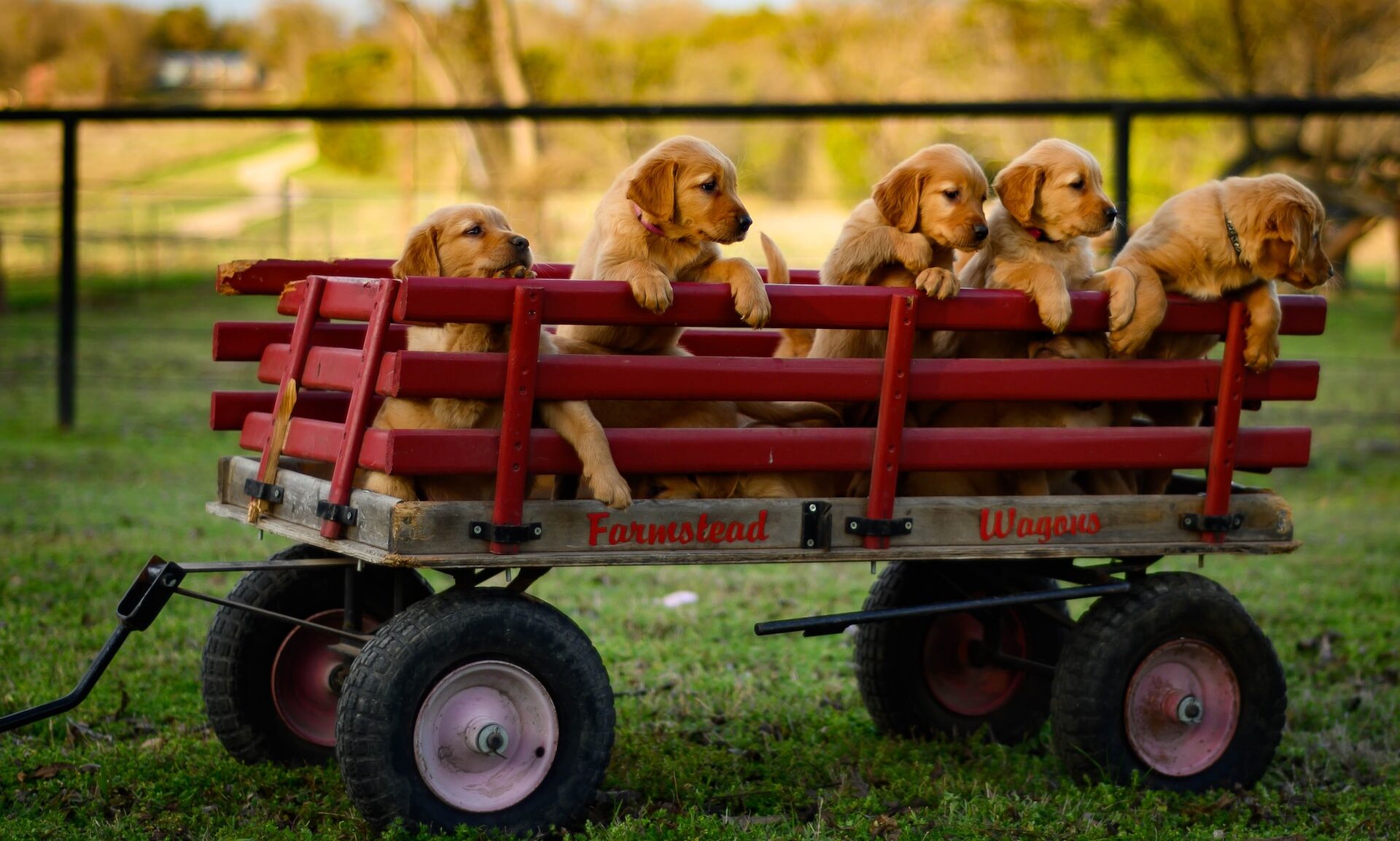All Ads in Akita (1)
The Akita is a large and powerful dog breed that originated in Japan. It is known for its noble and imposing presence, as well as its loyalty and strong protective instincts. Akitas were initially bred for hunting large game, such as boar, bear, and elk. Over time, they also became symbols of good luck, health, and happiness in Japanese culture.
Here are some key characteristics and information about the Akita dog breed:
Appearance: Akitas are well-built dogs with a distinctive bear-like head, erect ears, and a curled tail that rests over their back. They have a double coat, with a soft, insulating undercoat and a harsher outer coat that comes in various colours, including white, brindle, red, sesame (red with black-tipped hairs), and pinto (white with large coloured patches).
Size: Akitas are considered large dogs, with males typically standing around 26 to 28 inches (66 to 71 cm) at the shoulder and weighing between 100 to 130 pounds (45 to 59 kg). Females are slightly smaller, usually standing 24 to 26 inches (61 to 66 cm) and weighing between 70 to 100 pounds (32 to 45 kg).
Temperament: Akitas are known for their loyalty, independence, and strong protective instincts. They tend to be reserved and aloof with strangers, making them excellent watchdogs. While they are devoted and affectionate with their families, they might not be overly demonstrative like some other breeds. Socialization and proper training from a young age are essential to ensure that Akitas develop well-rounded and manageable personalities.
Training and Socialization: Training Akitas requires patience, consistency, and positive reinforcement techniques. They are intelligent dogs, but they can also be quite stubborn. Early socialization is crucial to prevent them from becoming overly aggressive or wary of new people and situations. Exposing them to various environments, people, and other animals at a young age can help them become more adaptable adults.
Grooming: Akitas have a thick double coat that sheds heavily, especially during shedding seasons. Regular brushing can help manage shedding and keep their coat healthy. They don’t require frequent bathing unless they get dirty, as over-bathing can strip their coat of natural oils.
Health Considerations: Like many larger breeds, Akitas are prone to certain health issues, including hip and elbow dysplasia, autoimmune disorders, and certain types of cancers. Regular veterinary check-ups, a balanced diet, proper exercise, and maintaining a healthy weight are important factors in keeping an Akita healthy.
Ownership Considerations: Owning an Akita requires commitment and dedication to training, socialization, and proper care. Due to their protective nature and potential for aggression towards other animals, Akitas are often recommended for experienced dog owners who can handle their needs and provide consistent leadership.
In summary, the Akita is a majestic and powerful breed with a rich history and strong ties to Japanese culture. With the right training, socialization, and care, Akitas can make loyal and protective companions for responsible dog owners.

